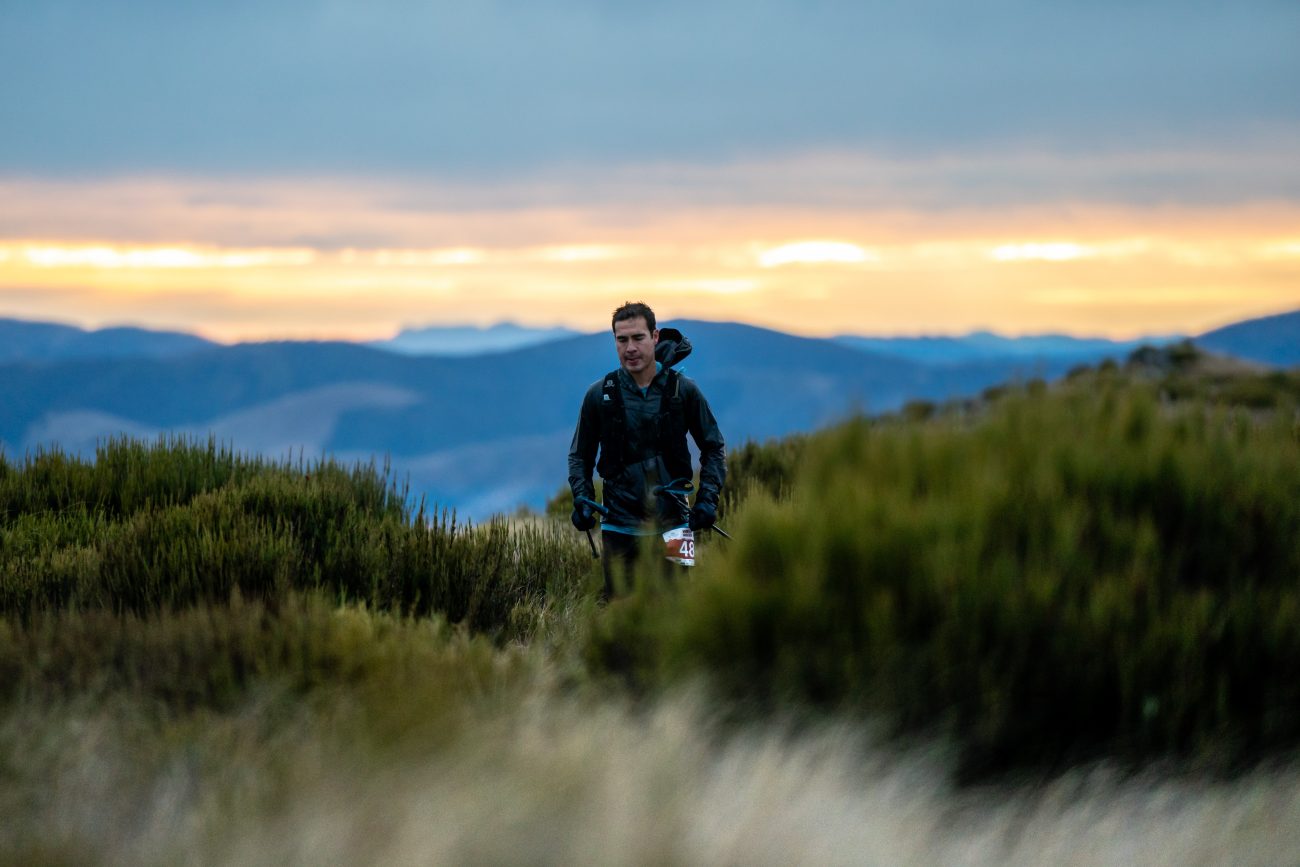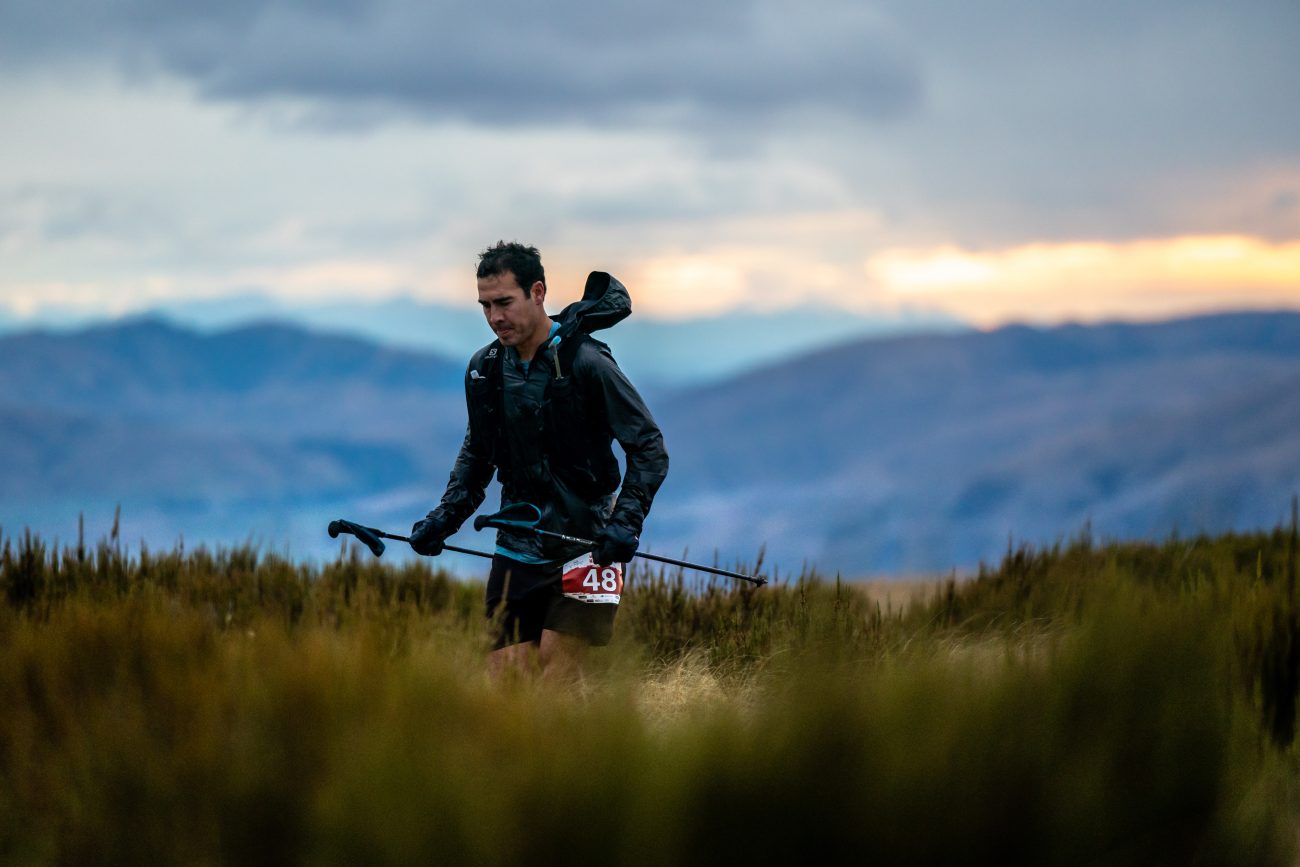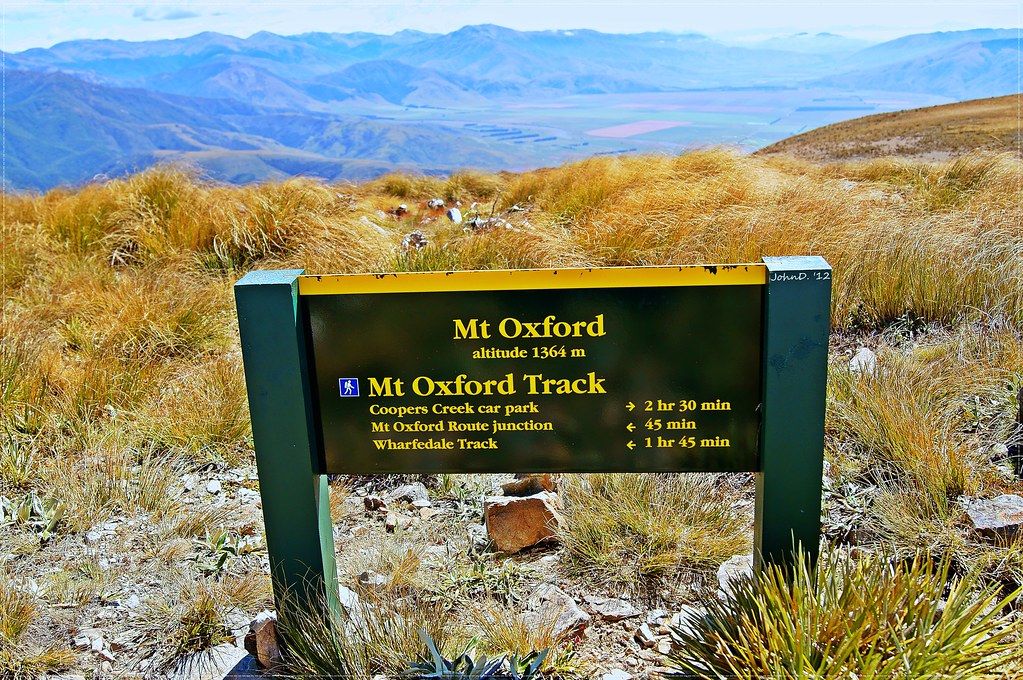
Mt Oxford Odyssey Mountain Marathon:
Marathon # 93
Date:
May 14, 2022Reputedly NZ’s toughest marathon, the Mt Oxford Odyssey certainly lives up to its reputation. With 3500 metres of elevation gain packed into 42km, it easily makes my top three for the toughest marathons in NZ (Mt Difficulty Ascent and the Shotover Moonlight Mountain Marathon would round out the top three [though Mt Difficulty is 44km]). It also makes for a very early start! Alarm set for 4am, I’m toileted, showered, dressed and in the car by 4.30am. For breakfast I have an Up & Go whilst driving. It’s a 50 min drive to Oxford followed by a quick race registration and compulsory gear check prior to 5.30am. The race briefing at 5.40am highlights safety and how the mountain doesn’t care how fast you go. “Be bold, start cold” we’re told. Meanwhile, I’m tucked away in a corner sheltering from the wind. I’m wearing all my warm gear whilst lamenting my life choices and reminiscing last year’s event. Last year it was bitterly cold and snowing at the top of Mt Oxford. It was dark and snow had covered the trail so it was difficult to see where to go. I’d followed a collection of foot prints in the snow that had strayed off the main trail until the foot prints abruptly halted perilously just off the edge of the mountain. It was literally a spine-chilling moment and all the emotions come flooding back. This year the weather forecast was slightly better – Intermittent rain throughout the day with strong north westerly winds followed by a cold southerly change at the end of the day with persistent rain. It’s a few minutes before the race starts at 6am. The Crusaders theme song ‘Conquest of Paradise’ is pumping in the background. It’s time to be bold. I reluctantly peel off the layers and take off my jacket. I cross the start line into the dark with about 50 other hardy souls and head up towards Mt Oxford. “Remember you paid for this” a supporter chirps in the background.

Coursing along the top of Mt Oxford at sunrise
Within 5 mins, any air of invincibility is gone. I’ve been humbled and I’m flat on my arse down a steep grassy slope. Before long, my feet are drenched from the shin high river crossing. For me, running is a great litmus test on my current physical function. It levels all your perceived notions and brings the truth to the surface. It keeps me connected to my current self and in tune with how my body is changing as I age. Brought back down to earth and sitting on my rear on the grassy slope, I appreciate my night/depth perception isn’t as good as what it used to be. I was putting too much weight on my heels and my balance needs more work. Coming out of the river with cold and wet feet, it highlights how I’ve become use to a comfy life and my warm office. I tell my patients that its “Use it or lose it from your 30s”. The problem being, people don’t know that they’re ‘losing it’ because they aren’t doing any challenging physical activity. Day to day life blinds you to this slow physical decline. And when I talk about ‘normal age-related changes’, some patients put their hackles up. “Don’t tell me I’m old! I don’t want to hear about that!” But if you’re in complete denial about aging, how can you make a positive change to manage this? Others appear completely stunned (especially those in their late 30s and 40s). Look around you. How many All Blacks are playing in their 40s? We start losing muscle fibre size/strength from our late 20s. Our bodies’ ability to handle ‘load’ reduces from our 30s. Balance decline become more prominent from the age of 40 onwards. Aging doesn’t happen overnight; it’s a slow gradual process! Unfortunately, our comfortable lifestyles provide a false sense of security about our physical function. We’re also largely ignorant or in denial about aging (in NZ due to our ACC system – we’re not aging, we’re just getting injured). The classic story I hear is “I was just doing my normal gym/walk/run (any activity that you’ve done a thousand times over can be substituted here) when I must’ve injured myself as X, Y, and Z body part was sore”. Or a patient will describe a ‘low velocity’ injury mechanism. If you’re over 30 years of age and fit the above scenarios, one needs to sensitively talk about ‘normal age-related changes’. So, how can we address this? We need to exercise more. If you’re already exercising, can this be further optimised? There is an urgent need for physical activity promotion in middle aged adults. One in four adults achieve less than 150 minutes of moderate intensity physical activity per week. Physical activity often decreases during middle age as we are typically ‘time poor’ due to employment, household, and care giving responsibilities. Large longitudinal studies have found that increased physical activity in middle age delays disability by up to 15 years. Those with higher leisure time physical activity at 46 years of age were 1.5 times more likely to have good perceived health in older age. Below are complaints I increasingly hear from patients from the age of 40 onwards – my back is sore, lifting a jug is painful, I have difficulty doing up my bra, I can’t wash my hair properly, I find it hard to put my shoes and socks on, I can’t sleep on my side, I want my life back. True story. Though you may be safe now, age is coming for you. Think of exercise during your middle age as health insurance premiums for your future. Think of it as a way of bullet proofing your function to support your independence as you age. Don’t wait until you fall to address balance issues. What you do now matters. Remember, exercise needs to be challenging. At times exercise needs to be hard. The moment exercise is no longer hard, guess what becomes hard? LIFE. Which would you prefer?

Mt Oxford concentration mode
Heading up Mt Oxford, the rain from the week prior has turned parts of the track into slippery thick mud. You lose your visual cues in the dark so balancing becomes harder so I’m in full concentration mode with my headlight on full beam. I try skirt around a large puddle of mud but my shoe sinks ankle deep into it. Great. You aren’t in your comfy office now Dr Molloy. It’s a slow steady climb up. I’m still within the tree line and I can hear the wind whipping up a storm so I decide to stop and put on my warm gear. As I leave the tree line behind me, I feel the full brunt of the promised north westerlies. It’s chillingly cold and I can barely hold my feet as the wind buffets against me. Like a stubborn autumn leave clinging on, I continue to forge ahead. The higher I go, the more violent the wind gusts become. Approaching the waist of the mountain, I can see the wind funnelling into the side of the mountain as it scatters rock debris across the path. Bracing for impact, I dig my trekking poles deeper into the ground. I slowly inch forwards until a sudden gale picks me up and I’m viciously tossed aside like an ex-university lover. This is crazy. Momentarily stunned, I get up and urgently press forwards. When I reach the top of Mt Oxford, the sun is starting to spill orange across the horizon but I’m in no mood to stop and appreciate the scenery. I just want to get off this thing! When I finally reach the tree line on the other side of the mountain, the technical descent begins. Though I can usually hold my own on ascents, there are some amazing downhill (or down mountain) runners out there and they thunder past me. It’s incredibly rocky and rooty so I don’t know how they can do it. I ask one particular runner who breezes past me what his secret is. “No brakes” he shouts back. Easier said than done I thought. However, content to give this a go, I ease off the quad braking. Instantly the weight shifts away from my heels and more into my toes. The change in weight distribution removed the fear of slipping onto my bottom but created a new fear of tumbling forwards. I experimented between the two. Shifting between my heels and toes until I seemed to get the hang of things. Noticing I was being passed my less people, I felt rather pleased with myself. When a fallen tree across the path presented itself, I thought it would be the perfect opportunity to progress my downhill running to downhill jumping. With increased confidence, I accelerated towards the tree. No brakes. Stay calm. No brakes. Within moments, I realised the tree was knee height and not ankle height. I also couldn’t see the ground on the other side of the tree. At almost break neck speed, I pull out at the last safe moment. “You bloody idiot” I curse myself. So you think you’re an Olympic high jumper now? Pull your head in you fool! Content on not getting injured, I ease off the bravado and safely negotiate the remaining gnarly downhill cornering until I reach the first aid station at Wharfedale Hut. As proof of passage, I smile for the volunteers as they take an instant photo of me reminiscent of the Polaroid cameras of old. Still feeling pretty good, I top up my water bottles and press onwards. Although there is a lot of focus on Mt Oxford itself, the ascent from Wharfedale Hut to Black Hill Hut is no laughing matter. The gradient along Black Hill Track is equally challenging and contributes fairly towards the total 3500m elevation gain. By now the field is well spread and it’s a slow toil. There is some interplay with runners coming back in the opposite direction but otherwise it’s just you and dense bush. When I finally reach Black Hill Hut (which is about half way), I’m 4.5 hours into this slog. A young kid pokes his head out of the hut window and shouts “You can turn around now!” Pretty stuffed to have any real conversation I reply “Thanks man” and comply. The descent along Fosters Ridge Track back towards Wharfedale Hut is probably one of my favourite parts of the run. The descent isn’t too taxing and you’re surrounded by dense beech forest. There’s a nice section of relatively non-technical terrain (for a change) next to a river with a few small water crossings. When I arrive back at Wharfedale Hut, the volunteers are still chipper which lifts your spirits. I tuck into the potato chips and jam pikelets. Knowing what’s ahead of me, I’m not keen to loiter so I give thanks and carry on. It’s very difficult to describe the last section of the course from Wharfedale Hut and back up Mt Oxford again. Relentless and horrific may be fair descriptors. At times the ground is at face height which may suit those seeking a quick burial at this stage of the race. Suffice to say, you’ll never complain about walking on flat ground again after this. As I break the tree line and course along the top of Mt Oxford for the second time, I take a moment to look around me. Wow. I love how views are earnt. It’s around 2pm and I’m wearing my beanie and gloves as the wind is still cold. I have a brief chat with the Oxford Land Search and Rescue team who are sheltering from the wind in their tent. “Is this the southerly change that was forecast?” I ask. “Nope” one guy quips back. “You’ll be well off the mountain by the time the southerly comes roaring in. Enjoy your tailwind back down!” Geez. It’s cold enough as it is. I shudder at the thought. I’d like to tell you that the descent down Mt Oxford is pleasurable but I’d be lying. It’s rocky, technical, and hard work. Hopefully your quads are the generous type because you’ll need them to keep giving. Unless you’re a mountain goat, expect 13 min kilometre descents. Towards the end, it becomes rooty and muddy again. Low in energy and devoid of care, there is little gained in side stepping the boggy mud so it’s the rugby fat man’s track – up the guts. With muddy shoes and wet feet, I finally cross the finish line 9 hours after starting. It’s a pleasant exhaustion. I help myself to a chicken roll and head back towards my car. If this is what it takes to preserve my function and independence as I age, then I reckon that’s a fair exchange. Exercise hard – Live easy. Running is medicine.

Mt Oxford summit
